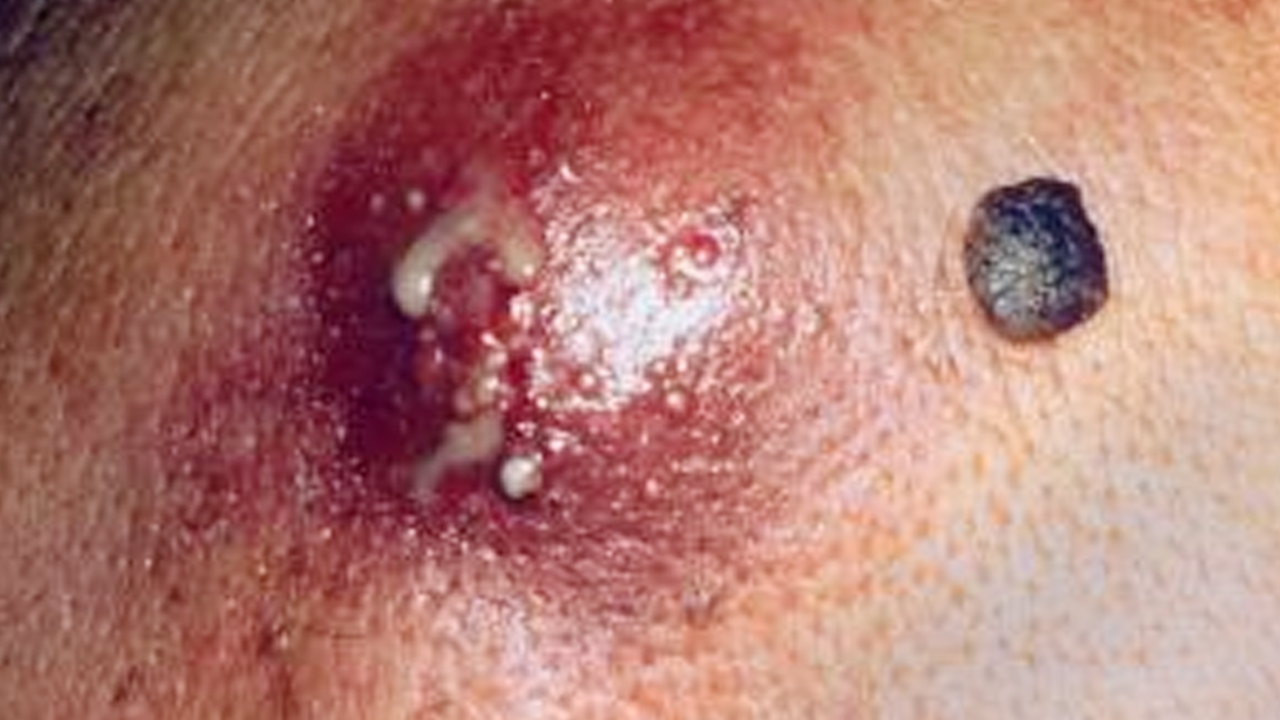The Giant Gluteal Abscess: Understanding, Treating, and Preventing This Serious Infection
A giant gluteal abscess is a significant medical issue, causing considerable pain and potential complications. This detailed blog post explores this condition, outlining treatment options and preventative measures.
Understanding the Giant Gluteal Abscess
What is a Gluteal Abscess?
A gluteal abscess is a collection of pus – infected material – located within the buttock area. When the abscess becomes exceptionally large, it’s classified as “giant,” signifying a more serious infection requiring immediate medical attention. This painful swelling usually stems from a bacterial infection, frequently caused by Staphylococcus aureus. Left untreated, the infection can spread, leading to severe complications.
Recognizing the Signs and Symptoms
Identifying a giant gluteal abscess is crucial for timely intervention. Key symptoms include a large, painful lump in the buttock, often accompanied by fever, chills, and red streaks radiating outward from the affected area. Rapid enlargement of the abscess is another warning sign. These indicate a spreading infection, potentially progressing to life-threatening conditions.
Medical Treatment: A Multi-pronged Approach
Effective management of a giant gluteal abscess necessitates professional medical intervention. Home remedies are ineffective and potentially dangerous for this severe infection.
Immediate Action: Seeking Medical Help
Delaying treatment for a giant gluteal abscess can have severe consequences, including sepsis and tissue damage. Immediate evaluation at a hospital or clinic is paramount. The severity of the infection requires professional assessment and treatment.
Definitive Medical Interventions
Several treatments are employed to effectively manage a giant gluteal abscess.
Incision and Drainage (I&D)
This standard procedure involves surgically opening the abscess to drain the pus. Performed under local or general anesthesia, depending on the size and the patient’s comfort, this ensures complete removal of the infected material. Packing the cavity with gauze or inserting a drainage tube (Penrose or catheter) prevents early closure and promotes complete drainage.
Antibiotic Therapy
Antibiotics are essential to combat the underlying bacterial infection. The choice of antibiotic – such as Amoxicillin-clavulanate, Clindamycin, Metronidazole, TMP-SMX, or Doxycycline – depends on the identified bacteria and potential for MRSA (Methicillin-resistant Staphylococcus aureus). Crucially, antibiotics alone are insufficient; they must be used in conjunction with drainage.
Culture and Sensitivity Testing
A sample of the pus is sent to a laboratory for culture and sensitivity testing. This identifies the specific bacteria causing the infection, guiding the selection of the most effective antibiotic.
Imaging Techniques for Complex Cases
For deep or complex abscesses, ultrasound or CT scans help assess the abscess’s size and depth. This information guides minimally invasive percutaneous drainage, where a needle is inserted under imaging guidance to drain the abscess, followed by the placement of a drainage catheter.
Post-Treatment Care and Wound Management
After the initial treatment, diligent aftercare is essential for complete healing and preventing recurrence.
Wound Care and Monitoring
Daily cleaning with sterile saline and regular gauze dressing changes are crucial. Avoid putting direct pressure on the wound. Closely monitor for signs of infection, such as increasing pain, fever, or spreading redness. Healing typically takes 1-3 weeks, depending on the abscess’s size.
Long-Term Strategies: Prevention and Underlying Conditions
Preventing future abscesses involves several proactive measures.
Lifestyle Modifications
Maintaining good hygiene, including regular washing and drying of the buttocks area, helps prevent infection. Avoiding skin trauma, such as friction from prolonged sitting or wearing wet clothing, minimizes the risk of abscess formation. Early treatment of acne or folliculitis prevents potential progression to abscess formation.
Managing Underlying Conditions
Individuals with diabetes, HIV, or weakened immune systems are at increased risk of abscess formation. Managing these underlying conditions effectively reduces this risk. Persistent or recurring abscesses may warrant investigation for conditions like hidradenitis suppurativa or Crohn’s disease.
When to Seek Immediate Medical Attention
Any worsening of symptoms, including high fever, chills, spreading redness, or severe pain impacting mobility, necessitates immediate medical attention. Signs of systemic infection (sepsis) require urgent care. Don’t hesitate to seek immediate medical help if you experience any of these alarming symptoms.



